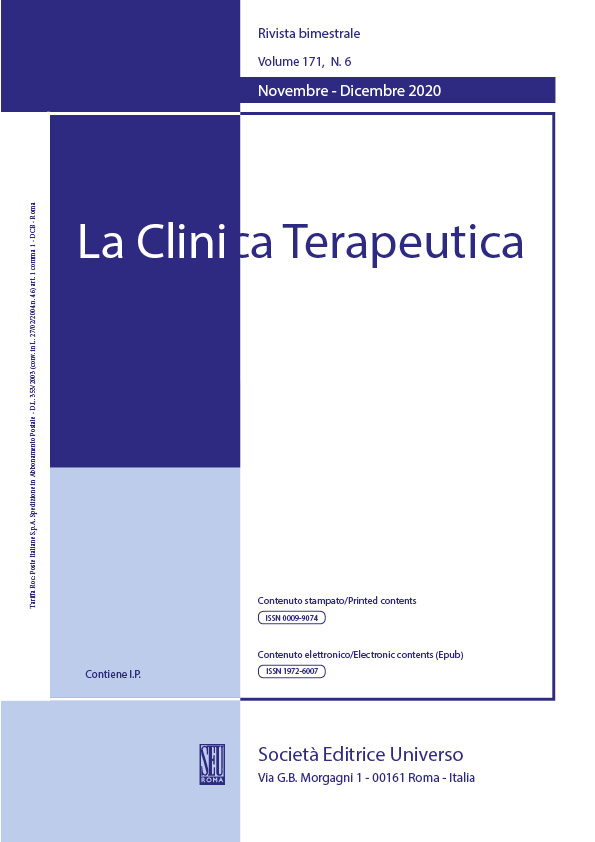Abstract
Objectives
To monitor changes in serum anti-Mullerian hormone (AMH) levels of the patients with gestational trophoblastic neoplasia (GTN) with uterine preservation during treating with Methotrexate (MTX) regimen and associations with AMH variation.
Methods
This prospective study included 35 patients with low-risk GTN with uterine preservation during single – agent MTX chemotherapy at Hanoi Obstetrics and Gynecology Hospital from August 2021 to August 2022. Serum AMH levels were measured before initiation of chemotherapy and after the 1st, 2nd and 3rd chemotherapy cycles. AMH evolution and its associations with some factors were analyzed.
Results
The median basal AMH level before chemotherapy was 2.87 ng/mL (0.96 – 7.9 ng/mL) and negatively correlated with age. The serum AMH levels decreased significantly after each chemotherapy cycle (2.87 vs. 1.16; 0.91; 0.41 ng/mL). The magnitude of the AMH levels decline after 1st, 2nd and 3rd chemotherapy cycles were 47.4 ± 24.98%; 65.9 ± 26.75% and 74.7 ± 25.3% (p<0.001), respectively. AMH variation was associated with the basal AMH level, but not with age, βhCG at diagnosis and menstrual status.
Conclusion: Our study has shown that the serum AMH levels declined rapidly and steadily in all patients during chemotherapy for GTN. Although AMH cannot be used to monitor fertility potential lonely, these new studies improve our knowledge of ovarian toxicity and ovarian reserve during chemotherapy and strongly support the use of fertility preservation strategies.
